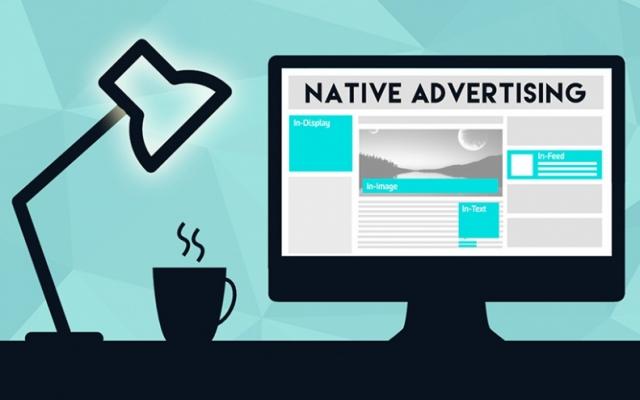Native advertising can be defined as the practice of including content promoted in a web or platform, respecting always the format and style of the editorial contents of such platform. For example, if you want to insert an add at the blog, we will do it thru an article, however much you paid to publish, it must be in tune with the rest of the content of the platform. We abandon the practices of intrusive advertising to focus on advertisers who respect the user experience.
In reality, however much this term seems new, is based on a principle that was already applied in the decade of the 30 with the product placement of the films. Instead of introducing an ad on a product, thereby disrupting the viewer's experience, the product is naturally introduced into the film's frame.
The irruption of native advertising in the online world is clearly driven by the emergence of social networks and the decline of the effectiveness of more traditional online advertising. The user perceives this type of advertising (banners, pop-ups ...) as an obstacle that adds no value to their browsing experience. In the year 2000 only 9% of the banners attracted clicks, whereas in 2012 this figure dropped to 2%. Therefore, it is evident the need for new channels for the advertising message to reach current Internet users. And that's why native advertising appears.
Due to the chameleon character of native advertising, these contents are usually accompanied by a legend that warns us that we are facing an advertising content, however editorial it may seem. This warning is not only used for ethical reasons. If a follower of the platform sees that the brand is allocating resources to offer content that adds value to that website, and does so in a respectful and non-intrusive way, it will remember that brand positively. Some examples of this native advertising are promoted tweets, paid articles, videos of longer duration than the classic spot, interactive graphics, photographs or any type of content that is organically integrated into the experience of the platform. If we look at the media or platforms on which these native content is published, we can classify the native advertisement into two types:
Native Advertising Closed. Closed native advertising is the one that is published through a specific profile on a platform, thus limiting its scope. This is the case of social ads, articles promoted in blogs or spots on Youtube.
Native Advertising Opened. It is composed of all those platforms that allow to promote the same content in different media at the same time. Thanks to systems like Adyoulike or Sharethrough we can spread our native ads on several platforms that share the same theme or target audience.
In short, native advertising gives us the option to reach a specific audience and generate a positive response in them. Instead of hindering their experience, we add value to it, so that they will perceive that our brand connects with their interests or values.
